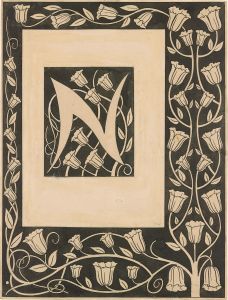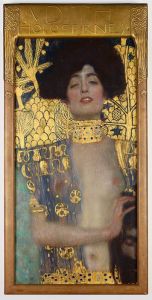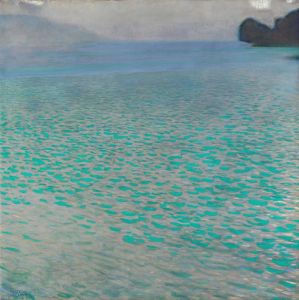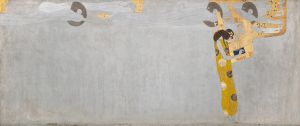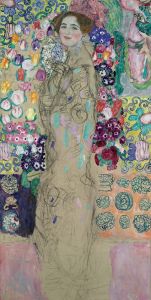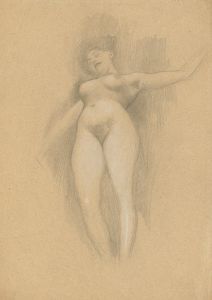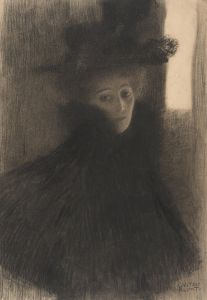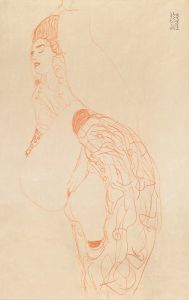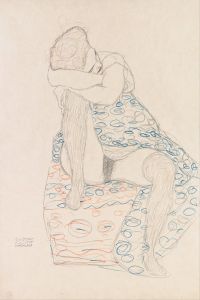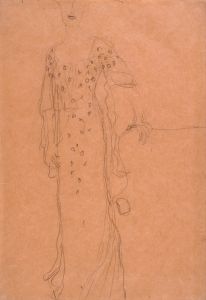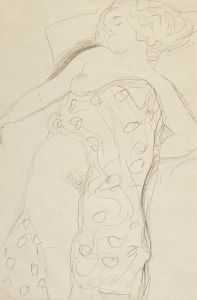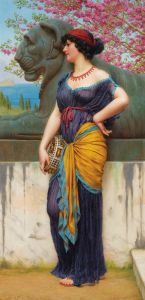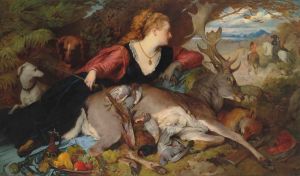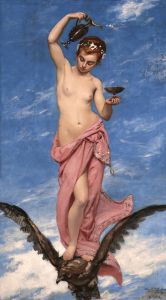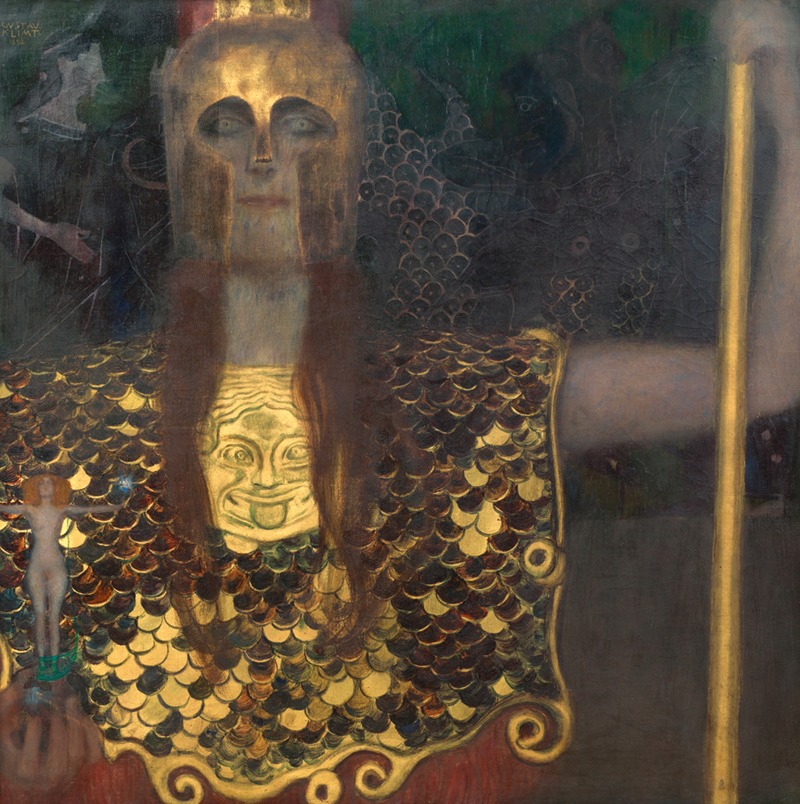
Pallas Athene
A hand-painted replica of Gustav Klimt’s masterpiece Pallas Athene, meticulously crafted by professional artists to capture the true essence of the original. Each piece is created with museum-quality canvas and rare mineral pigments, carefully painted by experienced artists with delicate brushstrokes and rich, layered colors to perfectly recreate the texture of the original artwork. Unlike machine-printed reproductions, this hand-painted version brings the painting to life, infused with the artist’s emotions and skill in every stroke. Whether for personal collection or home decoration, it instantly elevates the artistic atmosphere of any space.
Gustav Klimt's "Pallas Athene" is a notable painting created in 1898, during a period when Klimt was establishing himself as a leading figure in the Vienna Secession, an art movement that sought to break away from traditional academic art and embrace more modern, innovative approaches. The painting is an important work in Klimt's oeuvre, reflecting his interest in classical mythology and symbolism, which were recurring themes in his art.
"Pallas Athene" depicts the Greek goddess Athena, known as Pallas Athene in Roman mythology, who was associated with wisdom, warfare, and the arts. In this painting, Klimt presents Athena as a powerful and imposing figure, embodying strength and intelligence. She is shown wearing a golden helmet and armor, holding a spear in her right hand, and a small statue of Nike, the goddess of victory, in her left hand. This portrayal emphasizes her role as a warrior goddess and a protector of the city.
The painting is characterized by Klimt's distinctive style, which combines elements of Symbolism and Art Nouveau. The use of gold leaf, intricate patterns, and decorative elements are hallmarks of Klimt's work, and they are evident in "Pallas Athene." The background of the painting features abstract, swirling patterns that enhance the mystical and otherworldly quality of the goddess. Klimt's attention to detail and his ability to convey texture and depth through his use of color and line are also apparent in this work.
"Pallas Athene" was created during a time when Klimt was exploring themes of power, femininity, and the divine. The painting can be seen as a reflection of the changing roles of women in society at the turn of the 20th century, as well as a commentary on the intersection of art and politics. Athena, as a symbol of wisdom and strategic warfare, represents the intellectual and cultural aspirations of the Vienna Secession movement, which sought to challenge the status quo and promote artistic freedom.
The painting was exhibited at the first Vienna Secession exhibition in 1898, where it garnered attention for its bold and unconventional approach. It is now housed in the Österreichische Galerie Belvedere in Vienna, Austria, where it remains an important part of the museum's collection. "Pallas Athene" continues to be studied and admired for its innovative style and its contribution to the development of modern art in Europe.
Overall, "Pallas Athene" is a significant work that exemplifies Gustav Klimt's artistic vision and his contribution to the Vienna Secession movement. Through his portrayal of the goddess Athena, Klimt explores themes of power, wisdom, and the role of art in society, making the painting a lasting testament to his creative genius.





